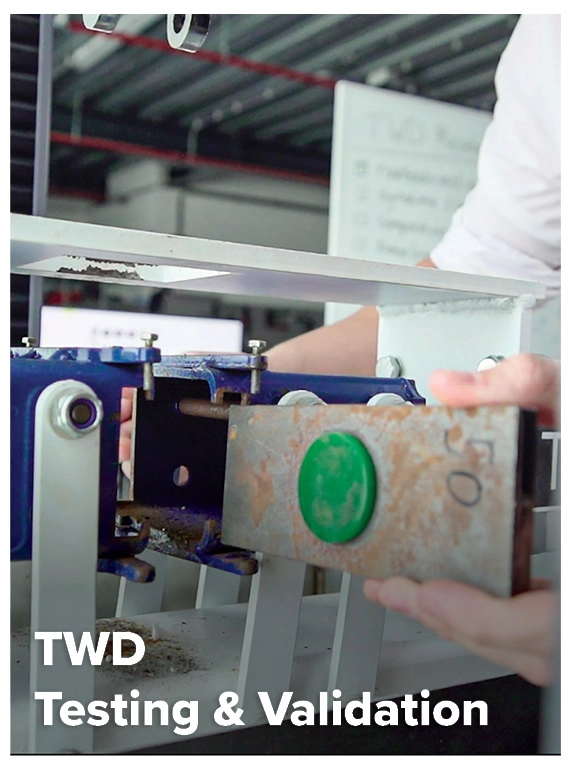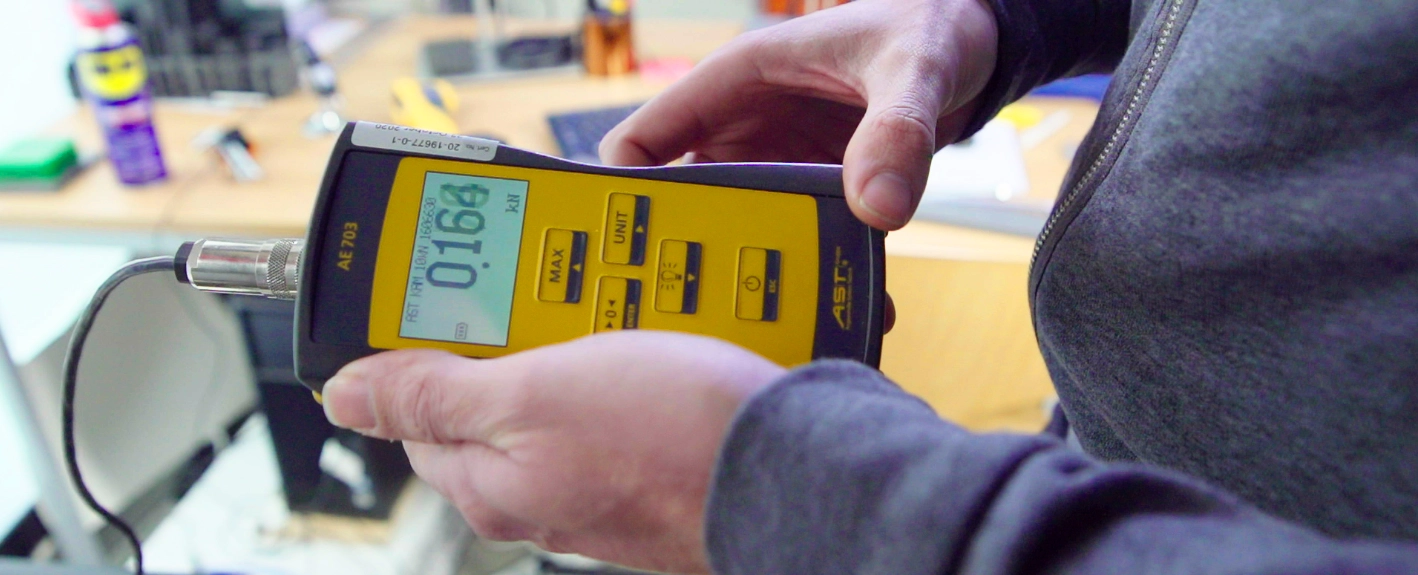
Testing and Validation
Uncertainties in the design, fabrication and operation of mission equipment can pose safety risks or lead to uneconomical designs. Current market solutions such as desk studies, design codes and rules of thumb cannot cope with the scale-up of project size and intensifying operational conditions. TWD tests input and validates design cases.
TWD has an in-house team operating a diverse range of tests for both on- and offshore projects. We combine our extensive knowledge in transport and installation with your challenging issues to optimize designs and operations, improve procurement, and prevent accidents or damage. We perform individual tests for each of your project conditions, making every test unique. In each study we include the benefits of our experience obtained from the wide variety of tests carried out over the past 6 years.
A Glimpse of Our Specialties
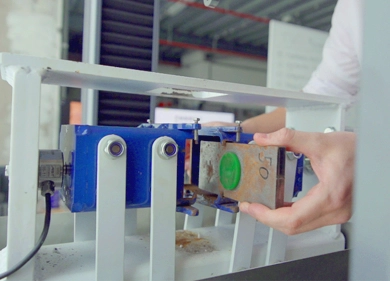
Design Validation and
Optimization
Validate and optimize your mission equipment design by testing input in project-specific test conditions.
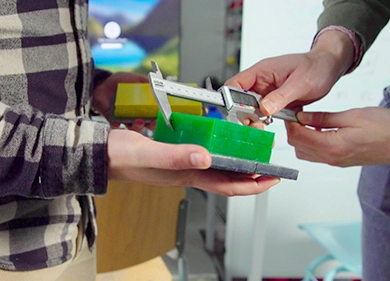
Procurement
Assistance
Optimize both design and procurement for cost-effectiveness by validating the performance of alternative materials.
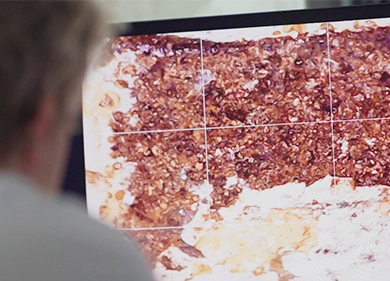
Damage Detection and
Prevention
Avoid unnecessary future damage and repairs by identifying the root causes of potential damage.
Design Validation and Optimization
Estimates of material properties or system behavior remain one of the largest challenges in the design of mission equipment. These estimates are often critical to the workability and safety of the design. TWD aims to replace assumptions with measurements. To do this, we use dedicated test set-ups meeting both project needs and conditions. This reduces uncertainty and optimizes the workability and safety of the final product.
A good example is our in-house friction test facility. Since its formation, in collaboration with TU Delft and DNV, our friction tests have been utilised in a wide variety of projects. In this continually growing field, TWD continues to develop by further investigating the effects of temperature, roughness, and wear.
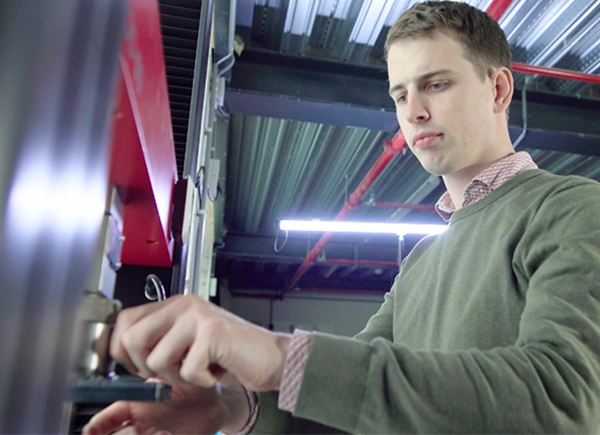
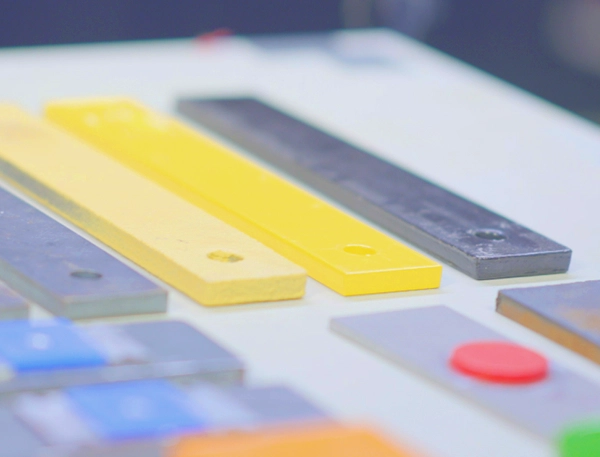
Procurement Assistance
The inclusion of non-steel components in mission equipment adds complexity to the procurement process. Design rules for these components are inadequate or even non-existent. It is important to evaluate whether a seal, polymer design interface, bearing or plastic is suitable for your heavy-duty job. TWD validates and compares these materials to determine their structural strength and stiffness included in your design and conditions.
This is demonstrated in our testing approach for polymer components. This methodology was developed together with DNV to optimise the geometry and strength of the components. By testing specifically for shape consideration, we succeeded in optimising the design to reduce costs in procurement.
Subsequently, it is possible to optimize the functionality of the mission equipment as the behavior at all interfaces is known.
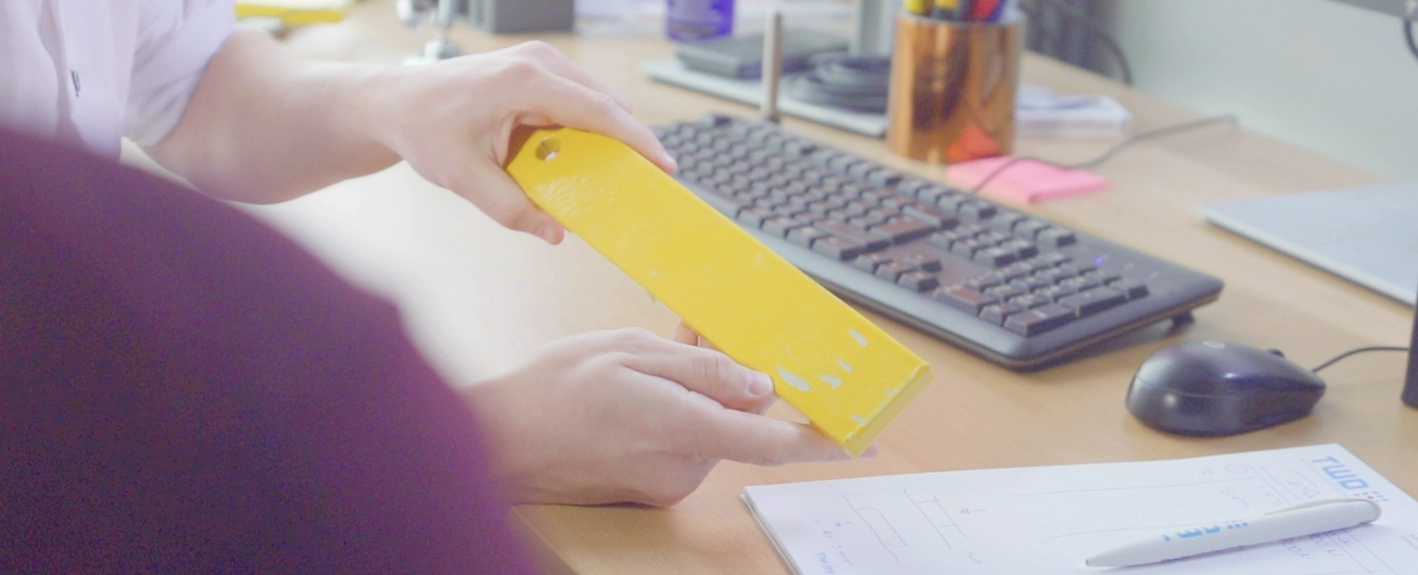
Damage Detection and Prevention
Damage to transported or installed elements can lead to costly repairs at remote locations. TWD assesses specific failure mechanisms in physical design simulations to determine potential vulnerabilities. Root causes are traced and unnecessary damage can be avoided by the optimization of your mission equipment.
A good example of this is the coating damage that can occur during storage, transport and handling of WTG components. In our small-scale design simulation, it is possible to identify potential threats to the increasingly complex coating systems. The simulated results are assessed according to ISO codes to evaluate the presence of damage.
Get in Touch
Interested in a visit to our test locations or want to know more about our services? Get in touch with our specialists today.

Joost Remmers

